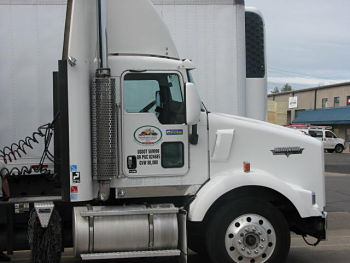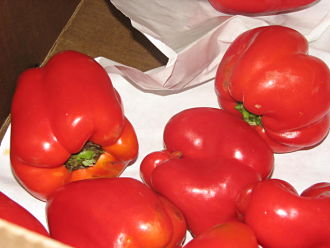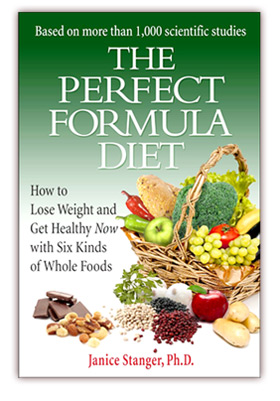Where Does All That Great Organic Food Come From?
Natural food stores, co-ops, and even supermarkets and many restaurants overflow with organic produce. These extraordinary whole foods, including fruits, vegetables, potatoes, beans, whole grains, herbs, spices, nuts, and seeds, make eating a healthy pleasure. Farmers grow organic foods using the power of nature, not toxic herbicides and pesticides, petroleum-based fertilizers, genetic engineering, or chemical processes.
The abundance of organic food masks all the risk and effort necessary to bring these nourishing choices to market. Until I visited Organically Grown Company, the Pacific Northwest’s largest wholesaler of organic produce, I never wondered “where does all that great organic food come from?” Yet this is a fundamental question of urban survival.
City dwellers have a tough time growing all their own food. Home gardeners may give up and go to the store when bad weather hits. Growers do not have this luxury. The farm-to-store delivery system is the basis of healthy daily meals. Wholesalers, such as Organically Grown, are a vital link in the process.
As soon as I walked into Organically Grown’s distribution center in Eugene, Oregon, I felt a surge of energy. Just being surrounded by hundreds of cartons of fresh organic produce notched up my well-being and vitality. Tom Lively, Organically Grown’s Senior Account Representative, generously showed me their facility and explained the company’s history, mission, and sustainable practices. Tom is a grower himself, with three and a half acres and his own farmstand.
Started in 1978 as a grower co-op, the company hired their first employee in 1983. Organically Grown is now distributes 80 million

I'm such a foodie that simply walking around these giant coolers, filled floor to ceiling with fresh organic produce, was a very exciting experience. I wanted to move in permanently, but it was too cold!
pounds of organic produce a year. Yet growers still own over half the company, with employees holding the shares for the rest. 99.7% of the produce they distribute is organic. The company’s growth is due to “consumer gravity,” Tom explains. “The product creates its own success because the taste is there.” Taste generates demand, and demand generates orders.
The Eugene facility has five giant walk-in coolers. Each is set to a different temperature and humidity level geared to a specific class of produce. For example, leafy greens retain their freshness best in a cold but humid environment.
The coolers are crucial, but the produce is not in them for long. In fact, Tom describes, distribution is “a race to the consumer.” If the fruits and vegetables don’t get to stores without delay, they cannot be sold at all. The company can deliver only when buyers order. Many uncontrollable factors affect demand. Examples include the weather (people usually want melons only when it’s hot), back-to-school and vacation timing, and even local festivals.
Organically Grown donates food that is slightly past its prime to a local food bank. Produce that has been out of the fields longer than that must be composted. Either way, farmers and Organically Grown lose the income necessary to keep the delicious organic foods flowing to the community.

Eating local is great. But if you are having food delivered, use a biodiesel truck, such as Organically Grown does. Their trucks run on used cooking oil that would otherwise be discarded.
Sustainability of long-term food production is a critical reason to buy organic produce. Organic methods enhance the health of the soil. Organically Grown invests in a corporate sustainability manager to do their share after food is harvested. The company is a model for using the minimum possible raw materials and energy to get the job done. In fact, Organically Grown buys 100% of their energy from renewable sources and delivers with biodiesel-powered trucks.
The next time you walk into a store and smile at the gorgeous organic fruits and vegetables, remember that these wonderful foods took an impressive amount of work to grow and bring to market. You boost both your own health and the planet’s future every time you make an organic choice. And don’t forget to appreciate all the hard-working people who make your satisfying meals possible.
Intrigued? Now you can use our Whole Foods Blog Finder to target informative, fun postings on plant-based nutrition. Quick information at no cost!
Blog posting by Janice Stanger, Ph.D. Janice authored The Perfect Formula Diet, the smart person’s nutrition book built on sustainable food choices. Enjoy six kinds of whole foods for permanent, hunger-free weight loss and health.
Tags: co-op, Eugene, food wholesaler, getting healthy, Janice Stanger, Oregon, organic food, Organically Grown, Plant-based nutrition, Tom Lively, vegetables, whole foods





